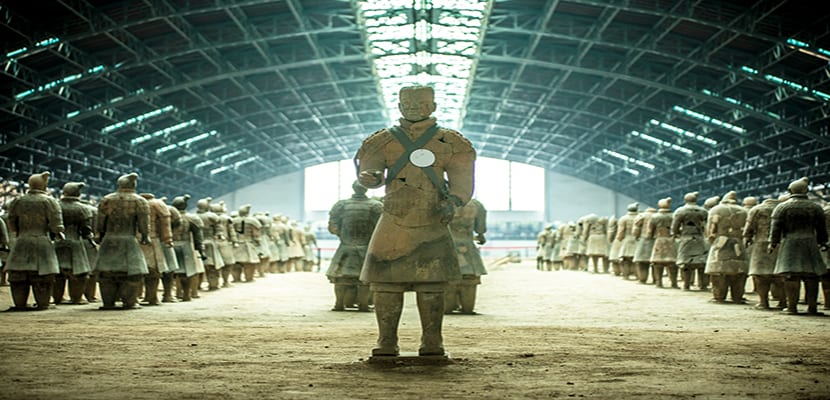
The Warriors of Xian are the main tourist attraction of this Chinese city of more than six million inhabitants that is located in the north of the country, near the border with Mongolia. However, this city has more attractions than knowing between buildings, monuments, the wall or the picturesque Muslim quarter.
Next, we walk the streets of Xian to get to know a little better the land of the most famous terracotta soldiers of the Far East. Can you come with us?
Where is Xian located?
Xian is the capital of Shaanxi province. It is located in northern China, close to the border with Mongolia, and is one of the oldest and most historic cities in the country. In addition, it is considered the easternmost end of the famous Silk Road, one of the busiest commercial routes on the planet.
Xian tourist attractions
The Warriors of Xian
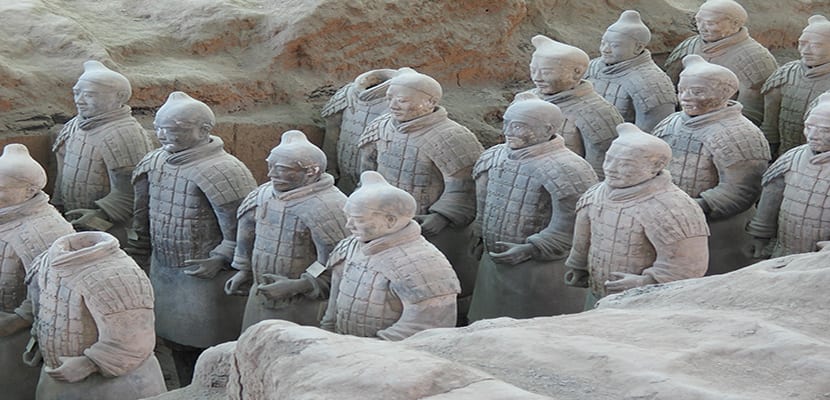
This is its main tourist attraction and is an hour's bus ride from Xian. The Mausoleum of Emperor Qin Shi Huang is the greatest discovery of the modern era. As is often the case, the discovery occurred fortuitously in 1974 when some peasants stumbled upon a domed structure containing the warriors while trying to build a well.
Since then archaeologists have recovered more than 6.000 figures, all of them different from each other, out of an estimated total of 8.000. But the terracotta army is only the tip of the iceberg of what is really hidden under the ground.
In the Mausoleum of Emperor Qin Shi Huang there are still many treasures to be discovered, which have remained intact for more than 2.200 years inside a three-story, 76-meter-high pyramid, covered with earth and preserved by a complicated system. of drainage and by traps that would prevent its access to the purest Indiana Jones style.
Be that as it may, the government does not want to take any risks and prefers to wait for the right moment to investigate the pyramid and the Qin palace when the technology is more advanced.
Who was Qin Shi Huang?
Emperor Qin Shi Huang was the first unifying ruler of China and a forerunner in the construction of the first wall. Thanks to his ingenious military strategy, he was able to annex the surrounding feudal kingdoms until unifying the country around 221 BC.
The emperor died years later, in 210 BC, while on a trip to the south of the country, they say seeking eternal life in the legendary islands of the Immortals.
Whether it was out of fear that his enemies would want to take revenge on him in the afterlife or simply because of his megalomania, the truth is that he ordered the construction of a huge mausoleum that would record his power on earth.
What is the archaeological site like?
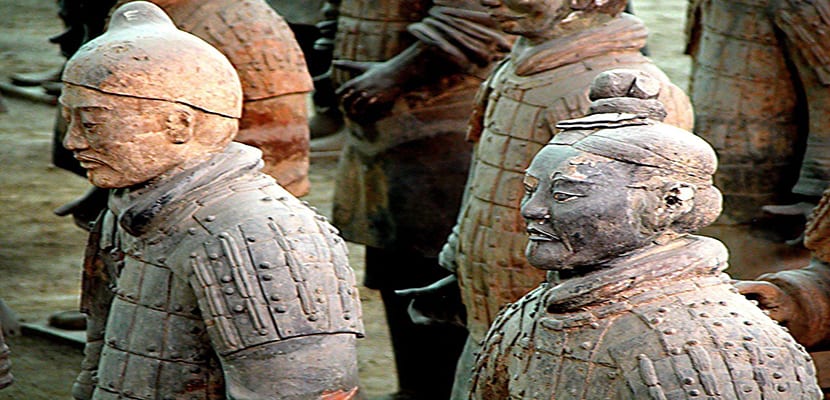
The archaeological site is surrounded by mountains and is divided into three sites. At the time of beginning the visit, it is worth starting to see them at the last enclave (the least striking) and go up to the first where the stony warriors are found, some rebuilt and others torn to pieces on the ground.
These soldiers give an idea of the enormous geographical and human dimensions that have defined China since ancient times. Also noteworthy is the fact that each Xian warrior has his own physiognomy and individualized details in his clothing and poses.
Around the excavations there is a tourist network of shops and restaurants to spend the day where you can buy all kinds of fast food and souvenirs. But if you only have one day to visit it, it is better to return and take advantage of the time with other alternatives.
The Muslim Quarter of Xian
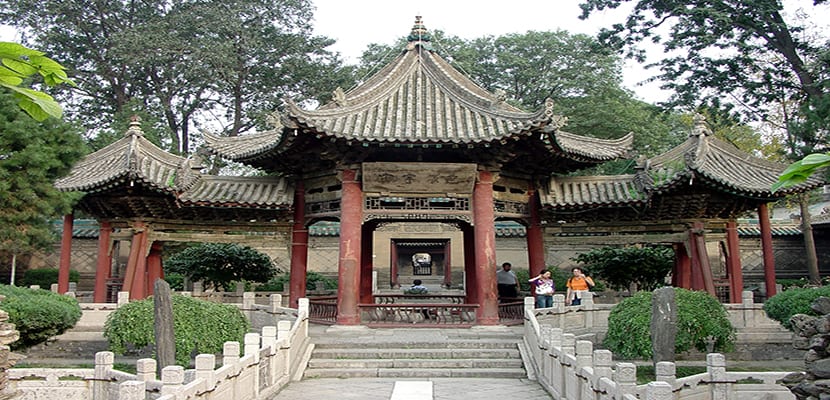
Great Mosque of Xian
Full of booths and stalls, to eat it is worth visiting the picturesque Muslim quarter of Xian. There you can taste delicacies such as balls stuffed with meat or vegetables, Yang Rou Pao Mo (sheep broth soup with pieces of bread), Liangpi (cold noodles) or kabobs (meat skewers). One of the things that attracts the most attention in terms of Xian gastronomy in this area is that you can try typical dishes of Muslim cuisine but in Chinese style.
Islam was installed in the region more than a millennium ago but its practice was allowed from 651 AD and today more than 50.000 people of the Hui ethnic group live here. The Great Mosque of Xian is the largest in the country and presents a very peculiar architecture, being a mixture of Chinese and Islamic architecture. Inside the Great Mosque we find four courtyards with a mixture of buildings and garden areas. In the third courtyard the characteristic prayer tower is located and in the fourth, the largest of the rooms with capacity to accommodate up to a thousand people.
Other sights of Xian
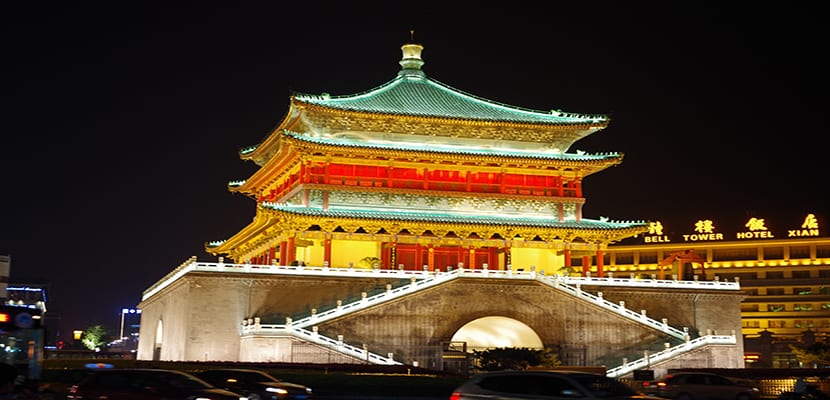
Bell tower
One of the most outstanding monuments in Xian is the Bell Tower, a square-shaped building that is covered with the typical Chinese roof. According to legend, the bells contained in this tower were made to scare away the dragon.
Other interesting monuments are the Drum Tower (dating from the XNUMXth century and contains drums inside) and the Great Wild Goose Pagoda that stands next to the Temple of Maternal Grace.
We cannot forget the impressive wall that surrounds Xian, the best preserved in all of China that was built in the XNUMXth century on top of a previous one. It is surrounded by a moat and punctuated by parapets and towers. It has a height of up to 12 meters so it has spectacular views and is the largest that exists in inland China.